The Paleo diet, often referred to as the “caveman diet,” emphasizes eating whole, unprocessed foods similar to what our ancient ancestors would have consumed. By focusing on lean meats, fish, fruits, vegetables, nuts, and seeds, it promotes a back-to-basic approach to eating. But like any diet, it comes with its own set of benefits and challenges. In this article, we’ll explore the Paleo diet food list and weigh the potential health benefits against the restrictions it imposes, helping you determine if this approach will truly boost your wellness or if you find yourself struggling with its limitations.
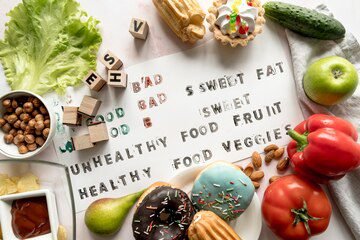
What is the Paleo Diet?
Before diving into the Paleo diet food list, it’s essential to understand what the diet entails. The basic principle of the Paleo diet is to eliminate processed foods, grains, dairy, legumes, and refined sugars from your meals. Instead, the diet encourages foods that would have been available to our prehistoric ancestors, such as meats, fish, fruits, vegetables, nuts, and seeds.
Advocates of the Paleo diet claim that it can lead to weight loss, better digestive health, improved energy levels, and even reduced risk of chronic diseases. However, for some, the Paleo diet food list may feel restrictive, especially when it comes to eliminating certain food groups that are staples in modern diets, like grains and dairy.
The Paleo Diet Food List: What to Eat
To fully embrace the Paleo lifestyle, it’s important to stick to the recommended foods on the Paleo diet food list. Here’s a breakdown of the key categories:
1. Lean Meats and Fish
- Grass-fed beef
- Chicken
- Turkey
- Fish (wild-caught is preferred)
- Pork
- Lamb
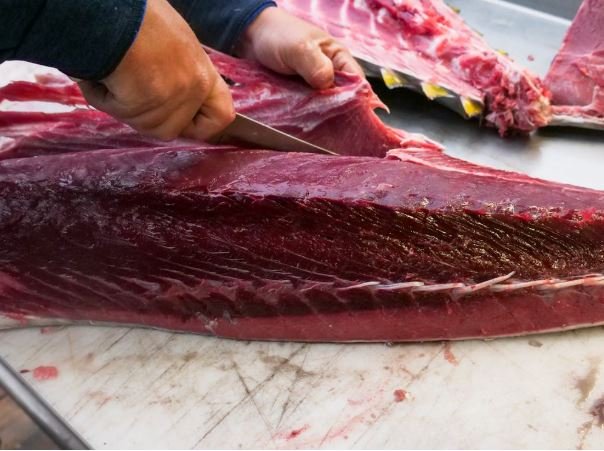
Meats and fish are central to the Paleo diet. They provide high-quality protein and healthy fats, which are essential for muscle repair, energy, and hormone production. These protein-rich foods can help boost your wellness by supporting optimal body function and helping you maintain a healthy weight.
2. Fruits and Vegetables
- Leafy greens (spinach, kale)
- Berries (blueberries, raspberries, strawberries)
- Apples
- Bananas
- Sweet potatoes
- Carrots
- Broccoli
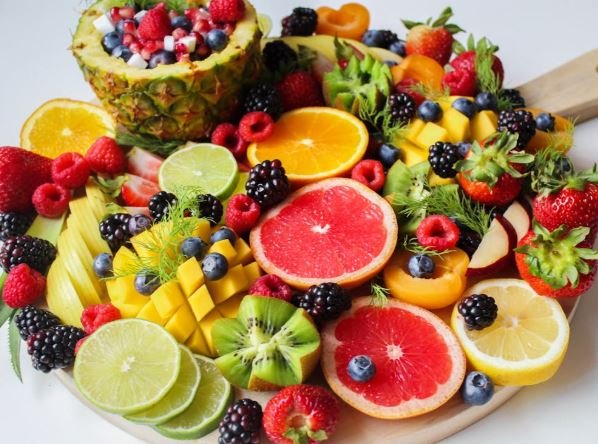
Fruits and vegetables are a cornerstone of the Paleo diet. They are rich in vitamins, minerals, fiber, and antioxidants that can promote overall health and well-being. These nutrient-dense foods help to boost your wellness by improving digestion, strengthening immunity, and providing sustained energy.
3. Nuts and Seeds
- Almonds
- Walnuts
- Cashews
- Chia seeds
- Flaxseeds
- Pumpkin seeds
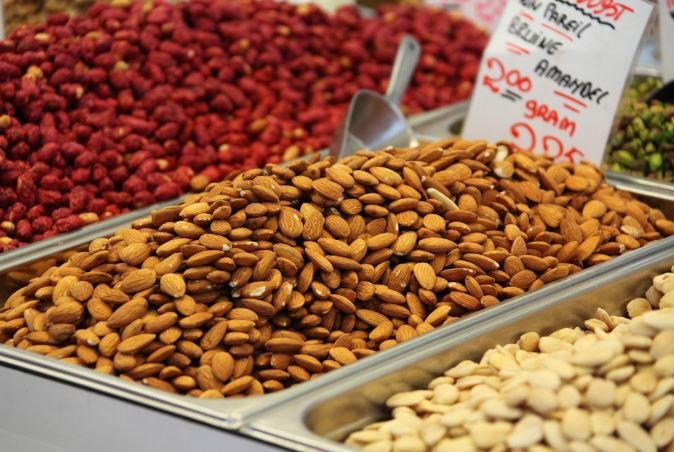
Nuts and seeds offer healthy fats, protein, and fiber. They also provide essential nutrients like magnesium and vitamin E, which are important for heart health and brain function. While they’re high in calories, they can help you feel full and satisfied, making them an important part of the Paleo diet food list.
4. Healthy Fats
- Avocados
- Coconut oil
- Olive oil
- Grass-fed butter (in moderation)
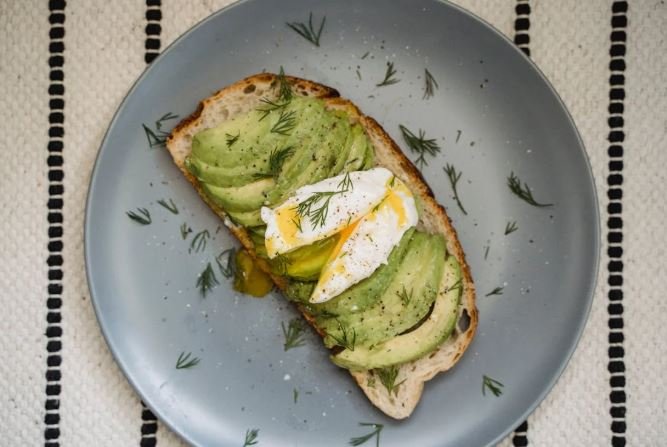
Healthy fats are crucial for energy and cell function. The Paleo diet food list encourages fats from whole food sources like avocados and nuts, which provide essential omega-3 fatty acids and monounsaturated fats. These fats support brain function, improve skin health, and promote satiety.
The Restrictions of the Paleo Diet
While the Paleo diet food list includes many nutritious foods, it also comes with a number of restrictions that can feel limiting for some people. These include:
1. No Grains
The Paleo diet eliminates all grains, including wheat, rice, oats, and barley. While grains are a good source of fiber, B vitamins, and energy, they are excluded because they were not available to our Paleolithic ancestors. Some people may find this restriction challenging, as grains are commonly consumed in many modern diets and are found in countless convenience foods.
2. No Dairy
Dairy products such as milk, cheese, and yogurt are not part of the Paleo diet food list. This restriction can be difficult for individuals who rely on dairy as a primary source of calcium, protein, and other nutrients. However, some individuals may find that eliminating dairy helps alleviate digestive issues or inflammation.
3. No Legumes
Beans, lentils, and peanuts are all eliminated from the Paleo diet because they were not part of the ancestral human diet. While legumes are an excellent source of plant-based protein and fiber, many Paleo dieters find themselves missing these affordable and filling foods.
4. No Refined Sugars
The Paleo diet discourages all forms of refined sugar, including processed sweets, sugary beverages, and artificial sweeteners. This means cutting out treats like soda, candy, and baked goods. For those with a sweet tooth, this can feel like a significant restriction.
Paleo Diet Food List: Boost Your Wellness or Struggle with Restrictions?
The Paleo diet food list offers a wide array of nutritious, whole foods that can help you feel energized, support weight loss, and promote overall health. Many people find that the diet helps with digestion, boosts mental clarity, and supports sustained energy levels. However, the restrictive nature of the Paleo diet may be challenging for those who enjoy grains, dairy, or legumes as staples in their diet.
If you enjoy variety in your meals or rely on grains and dairy for convenience, the Paleo diet food list may feel limiting. Additionally, eliminating entire food groups may require more planning and preparation, which can be a barrier for some individuals. It’s important to consider your lifestyle and preferences before diving into the Paleo diet.
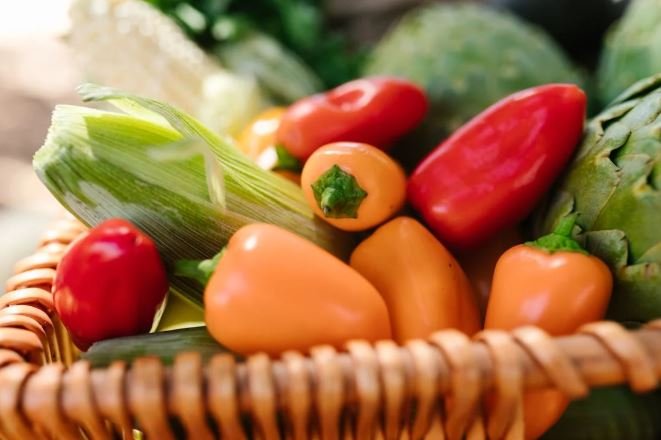
Tips for Success on the Paleo Diet
If you decide to follow the Paleo diet food list, here are some tips to make the transition smoother and more sustainable:
- Plan your meals: Without grains and dairy, it’s important to plan meals to ensure you’re getting the right balance of nutrients.
- Experiment with alternatives: If you miss certain foods, such as bread or pasta, try Paleo-friendly alternatives like cauliflower rice, zucchini noodles, or almond flour-based baked goods.
- Focus on variety: The more variety you include in your meals, the more balanced your diet will be. Incorporate a range of fruits, vegetables, meats, and healthy fats to meet all of your nutritional needs.
Conclusion
The Paleo diet food list provides an abundance of healthy, whole foods that can help boost your wellness. However, the restrictions on grains, dairy, and legumes may present challenges for some people. If you’re looking for a diet that prioritizes whole foods and cuts out processed ingredients, the Paleo diet may be an excellent option. But if the restrictions feel overwhelming, it might not be the best fit for your lifestyle. Ultimately, the success of the Paleo diet depends on your individual preferences and your ability to adapt to a more restrictive eating plan.
Remember, when it comes to any diet, the key is to find an approach that supports your health goals while fitting into your daily life. Whether or not you choose to follow the Paleo diet food list, focusing on whole, nutrient-dense foods is always a step in the right direction for improved health and wellness.
In addition to the nutrient-dense options on the Paleo diet food list, it’s important to start your day with a healthy and balanced breakfast. If you’re looking for more inspiration, check out our 8 Healthy Breakfast Ideas for Weight Loss article. These breakfast ideas are not only Paleo-friendly but also support your weight loss goals by providing a good balance of protein, healthy fats, and fiber. Whether you’re on the Paleo diet or simply looking for nutritious breakfast options, these ideas will help you stay energized and satisfied throughout the morning.



